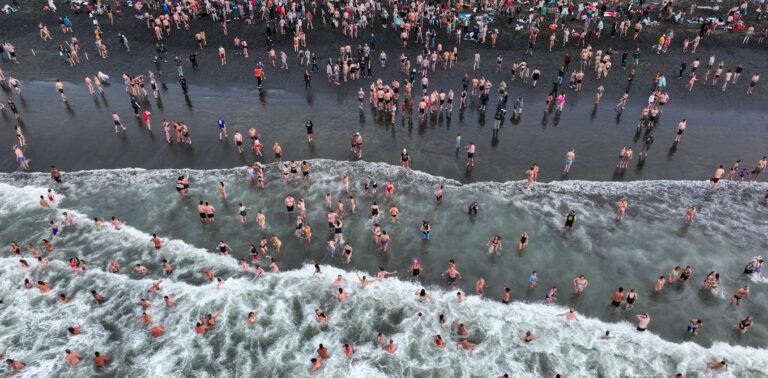Supreme Court Ruling Restricts Water Pollution Regulation Under the Clean Water Act
On March 4, 2025, the U.S. Supreme Court issued a ruling that limits the flexibility of the Environmental Protection Agency (EPA) and states in regulating water pollution as outlined in the Clean Water Act. This significant decision, however, is relatively narrow in scope.
Context of the Ruling
The ruling primarily bars federal and state permitting agencies from issuing permits that serve as broad directives against violating water quality standards. This decision arose from a case involving the city and county of San Francisco, which successfully argued that the EPA’s requirements lacked clarity.
Ongoing Regulatory Options
Despite a trend towards less regulatory oversight in recent years, experts believe that regulators still possess various methods to control pollutant releases from factories, sewage treatment facilities, and other sources. The long-term implications of this ruling remain uncertain, but it does not appear to be as damaging to clean water protections as initially feared. Notably, the ruling affirms that permitting agencies can still impose non-numeric requirements, such as prohibitions on polluting during specific weather conditions.
Framework of the Clean Water Act
Enacted in 1972, the Clean Water Act prohibits any discharge of pollutants into federally regulated water bodies without a permit. For instance, San Francisco operates the Oceanside Water Pollution Control Plant, which processes sewage and stormwater, discharging treated water into the Pacific Ocean.
Permit Regulations and Effluent Standards
To comply with the Clean Water Act, dischargers, including the Oceanside facility, must secure permits under the National Pollutant Discharge Elimination System (NPDES). San Francisco has maintained a permit for this facility since 1997. These permits sometimes include explicit numerical standards as well as qualitative mandates, dictating the cleanliness of discharged wastewater.
For example, sewage treatment plants must maintain a pH level between 6.0 and 9.0 to abide by federal standards.
Defining Water Quality
The Clean Water Act empowers states to define quality standards for each water body. States identify the appropriate uses of their waters, which could include recreation, habitat, or drinking water. This process involves establishing necessary water characteristics to support these designated uses.
If existing effluent limitations do not ensure adherence to water quality standards, the Clean Water Act mandates adjustments to permit requirements. This issue has arisen with the Oceanside plant, which sometimes suffers from combined sewer overflows during heavy rain, contributing to bacteria levels that violate standards.
Legal Parameters of Permit Limitations
In its permit issued in 2019, the EPA specified general terms for the Oceanside facility that required adherence to applicable water quality standards. San Francisco argued this was vague and unenforceable. Ultimately, the Supreme Court ruled that the EPA cannot impose overarching responsibility for water quality on cities; instead, it must establish specific pollutant limits.
“Determining what steps a permittee must take to ensure that water quality standards are met is the EPA’s responsibility, and Congress has given it the tools needed to make that determination,” stated the majority opinion.
Next Steps for EPA and State Regulators
The ruling necessitates that the EPA and state agencies revise any Clean Water Act permits that include the problematic “don’t violate water quality standards” terminology. These revisions will likely occur as permits undergo their mandated five-year renewals.
In cases where persistent pollution is a concern, regulators have several options: they can implement more stringent numeric standards, create water quality-based effluent limitations, or overlook potential violations based on resource availability and pollution levels.
Conclusion
This Supreme Court ruling marks a pivotal moment in the ongoing dialogue surrounding water quality regulation in the United States, especially as it pertains to the responsibilities of various governmental agencies under the Clean Water Act.



